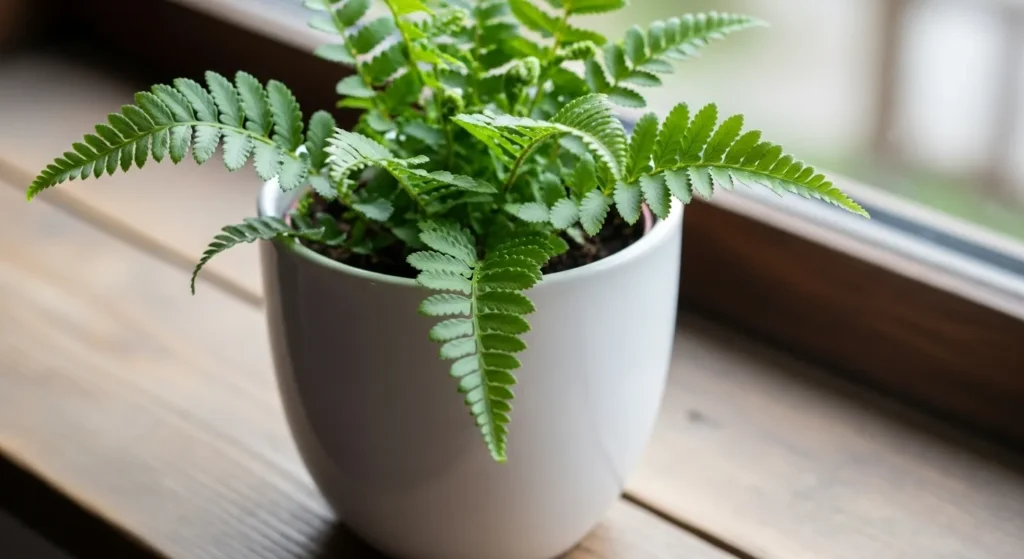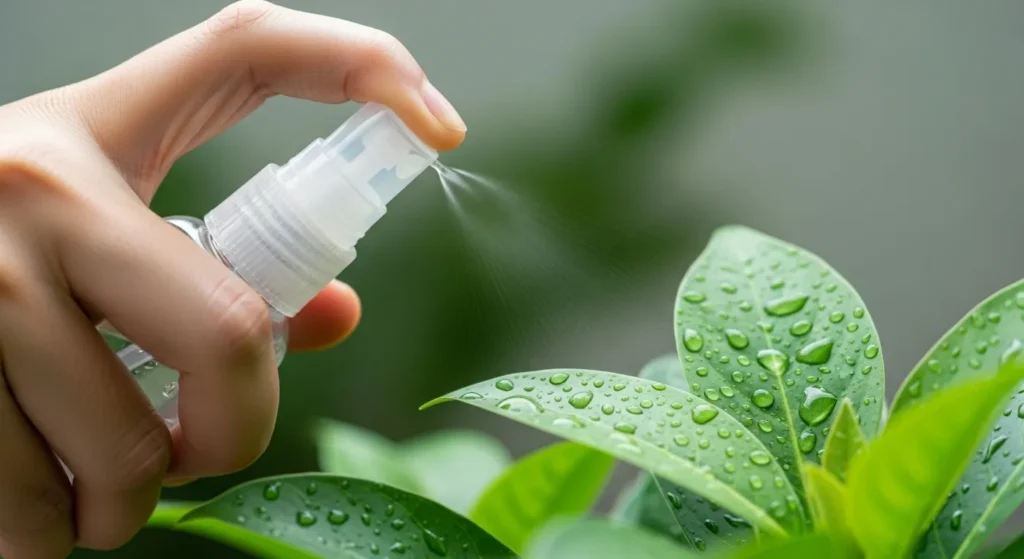Potted plants bring life to your home. Pests can harm them. Use organic methods to keep plants healthy. These ways avoid harsh chemicals. They work well for indoor and outdoor pots.
Common Pests in Potted Plants
Many bugs target potted plants. Spot them early to act fast.
- Aphids: Small green or black bugs that suck sap from leaves.
- Spider mites: Tiny spiders that cause yellow spots and webs.
- Mealybugs: White fluffy pests that hide in leaf joints.
- Fungus gnats: Black flies that lay eggs in wet soil.
- Scale: Hard-shelled bugs that stick to stems.
- Thrips: Thin insects that scrape leaves and leave scars.
These pests weaken plants. They spread fast in pots.

Ways to Prevent Pests
Stop pests before they start. Good habits keep plants strong.
- Check new plants before bringing them home. Quarantine them for two weeks.
- Use fresh potting soil. Avoid garden dirt that may have bugs.
- Water at the base. Keep leaves dry to cut down on fungus.
- Place pots in bright spots. Healthy plants fight pests better.
- Clean leaves with a damp cloth each month. Remove dust and eggs.
For more plant care tips, see our guide on low-light plants that thrive in dark rooms.
Natural Remedies for Pest Control
Make your own sprays at home. Use common items. Test on one leaf first. Apply in the evening. Repeat every few days until pests go away.
Soap Spray for Soft-Bodied Pests
This kills aphids, mealybugs, and spider mites. It blocks their breathing.
Mix one teaspoon of mild dish soap with one quart of water. Shake well. Spray on leaves and stems. Rinse after two hours.

Neem Oil Solution
Neem comes from a tree. It stops pests from eating and growing.
Blend two teaspoons of neem oil, one teaspoon of soap, and one quart of water. Spray every week. It works on many bugs.
For details on neem, check this University of Florida guide.
Diatomaceous Earth for Soil Pests
This powder dries out bugs like fungus gnats and ants.
Sprinkle a thin layer on top of the soil. Reapply after watering. Use food-grade type.
Garlic and Chili Spray
The strong smell drives pests away.
Crush two garlic cloves and one hot chili. Steep in one quart of water overnight. Strain and spray.
Hydrogen Peroxide for Fungus Gnats
It kills larvae in the soil.
Mix one part 3% hydrogen peroxide with four parts water. Water the soil with it. Let the top dry out between uses.
For more on soil health, read our companion planting basics guide.
Companion Plants to Repel Pests
Grow helpful plants in or near your pots. They deter bugs.
- Basil: Keeps flies and mosquitoes away.
- Marigolds: Repel aphids and nematodes.
- Lavender: Drives off moths and fleas.
- Mint: Fights ants and aphids. Keep it in its own pot.
Plant these with your main plants. They attract good bugs too.
See our post on hydroponic gardening for beginners for pest-free ideas.
When to Use Beneficial Insects
Bring in nature’s helpers. They eat bad bugs.
- Ladybugs: Eat aphids.
- Predatory mites: Control spider mites.
Buy them online. Release in the evening. Works best indoors.
For outdoor pots, learn about best grass types for different climates.
Tips for Success
Follow these steps for best results.
- Watch plants daily. Catch problems early.
- Dry out soil to stop gnats. Water less often.
- Rotate remedies. Pests adapt if you use one too much.
- Clean pots each season. Wash with soapy water.
In winter, pests hide indoors. Check our winter plant care tips.
Place another after the remedies section.
These methods keep your potted plants safe. They help the environment too. Start small and see what works for you.
